Popular Products
PGA4311UA PGA2320IDW TAS3108DCP INA1651QPWRQ1 DRV134UA DIR9001PW DIT4192IPW ZL38051LDF1 PCM9211PT DIT4096IPWAll About Oscillating Crystals - The Basics
3/9/2023 11:21:33 AM
Oscillating crystals made high-precision wristwatches affordable for everyone. Now, they have become increasingly important as a reliable time base, including use in GPS positioning.
To learn about oscillating crystals, it's important to understand their parameters.
Frequency
The frequency of oscillating crystals, just like in physics, is given in Hertz [Hz]; i.e. the number of vibrations per second. A 10 MHz quartz, for example, vibrates 10,000,000 times per second. Thinner quartz plates vibrate at higher frequencies.
Different applications and circuits require different frequencies of crystals. GPS applications, for example, typically operate at a clock frequency of 26 MHz.
Maintaining a stable frequency is particularly important for systems that exchange data with each other. Should the wrong clock frequency be selected, data loss or connection interruptions can occur.

New Packaging
In the past, oscillating crystals were only offered in familiar metal packages, mounted and soldered via two connecting wires to the circuit board. With the advent of surface mount technology (SMT), the components have become smaller and are now mostly ceramic.
Industry standard packages range from 7.0 x 5.0 mm2 to 1.2 x 1.0 mm2. Mini packages are also now available at 1.0 x 0.8 mm2.
Frequency tolerance
Frequency tolerance indicates the extent to which the oscillating crystal deviates from the nominal frequency at room temperature.
Less is not always more; choosing components with a lower frequency tolerance than is required will increase costs with no real benefit.
Frequency stability
Frequency stability is the amount the frequency changes over the temperature range. It directly correlates to the cutting angle of the quartz blank.
Frequency stability is one of the most important and application-specific parameters, along with nominal frequency. The values depend on the selected temperature range and can range from ±100 ppm to ±10 ppm (parts per million).
To achieve even better frequency stability, the use of temperature compensated oscillators is recommended, which are also available with their own "oven". These are known as TCXO (Temperature Compensated Crystal Oscillator) or OCXO (Oven Controlled Crystal Oscillator).
Blog Category
BlogsLatest Products
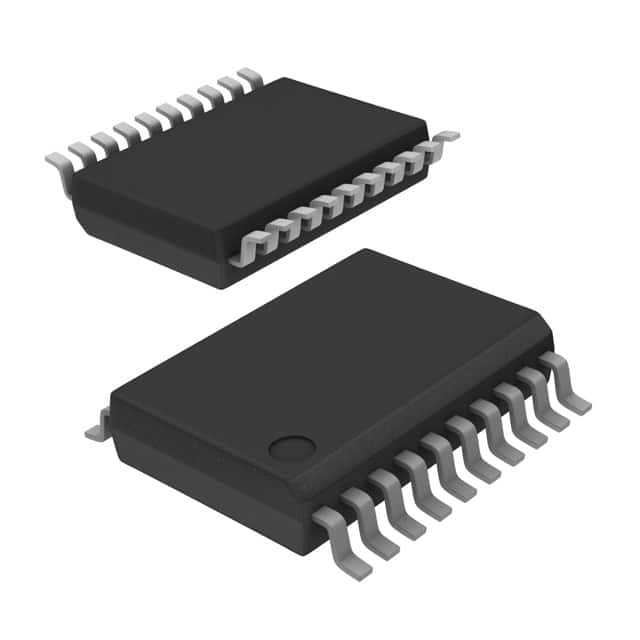
-
WM8804GEDS/RV
Cirrus Logic Inc.
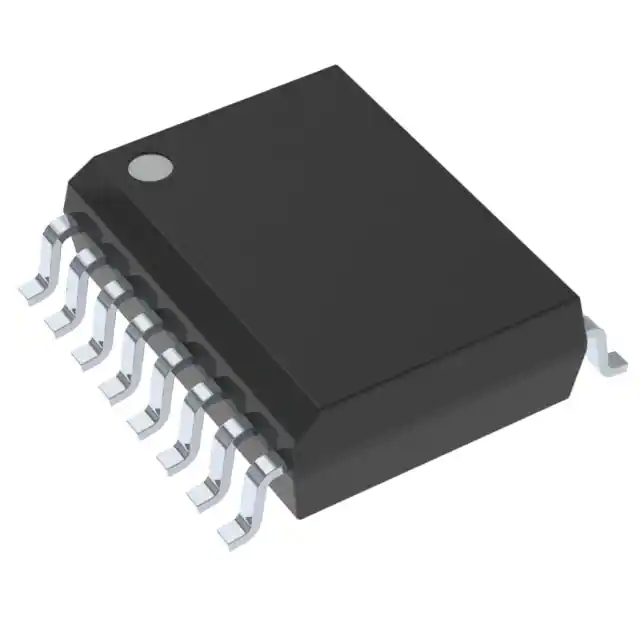
-
DRV134UA
Texas Instruments
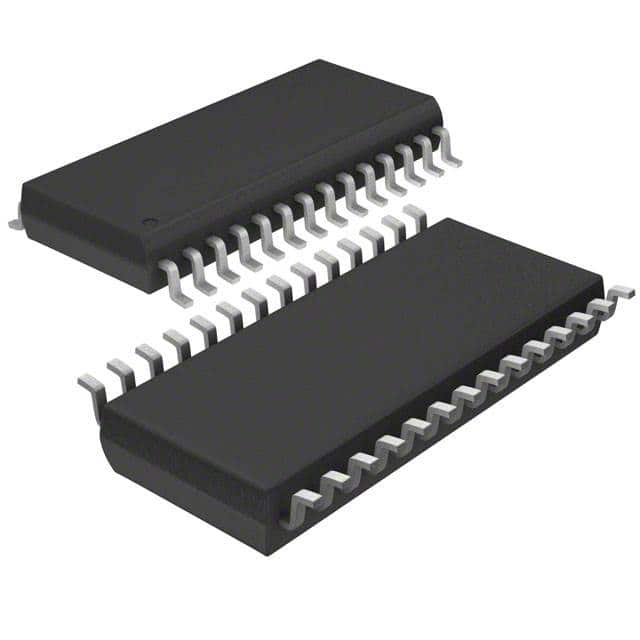
-
DIT4096IPW
Texas Instruments
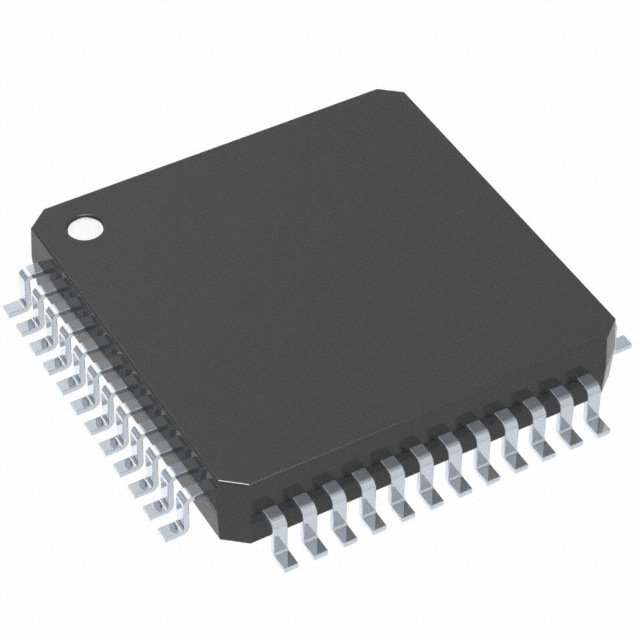
-
PCM9211PT
Texas Instruments

-
DIR9001PWR
Texas Instruments

-
NJU72342V-TE2
Nisshinbo Micro Devices Inc.
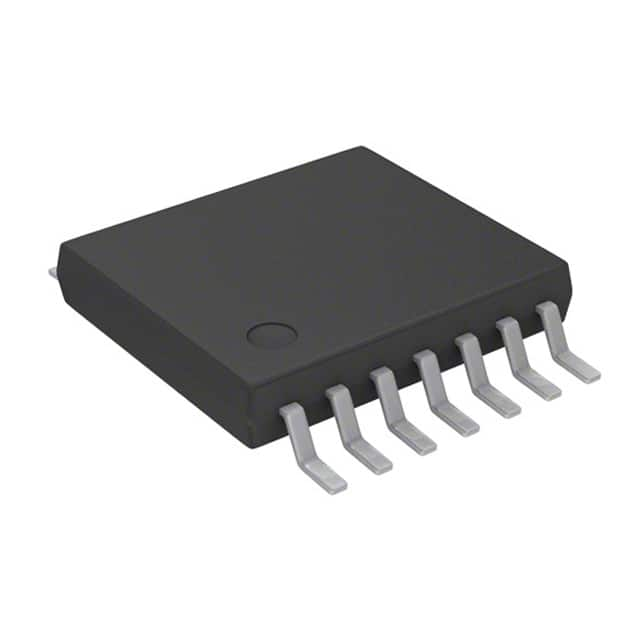
-
NAU8220WG
Nuvoton Technology Corporation
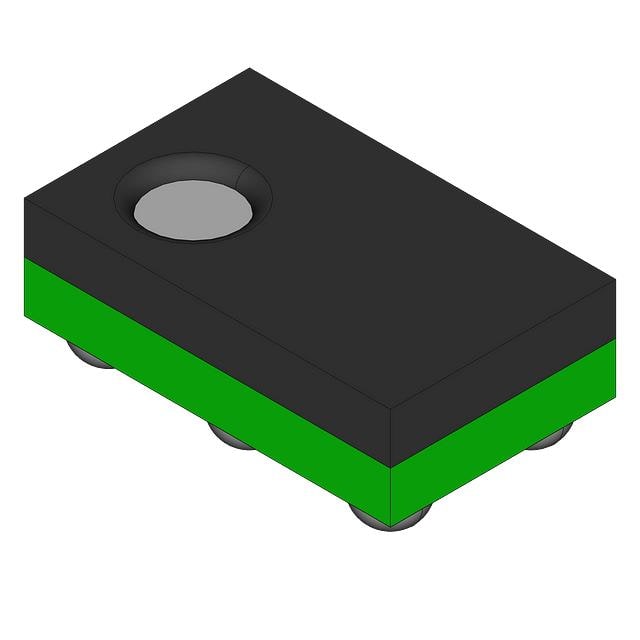
-
IP5002CX8/P135
NXP USA Inc.


